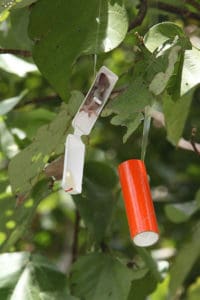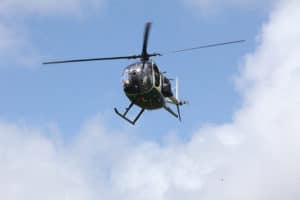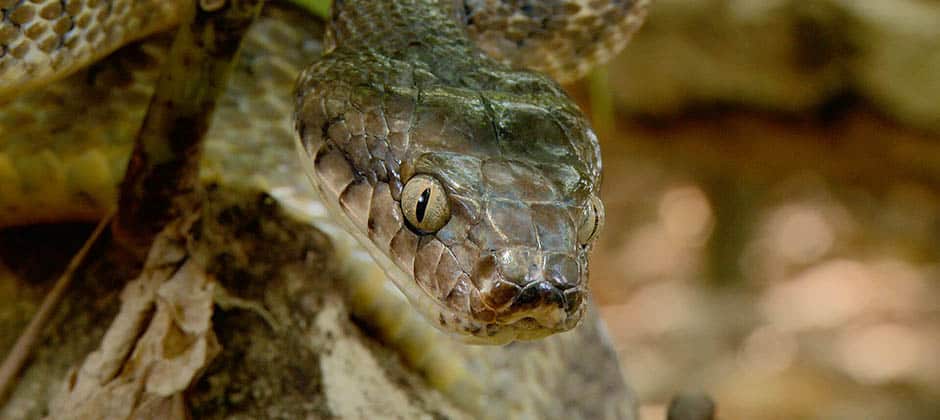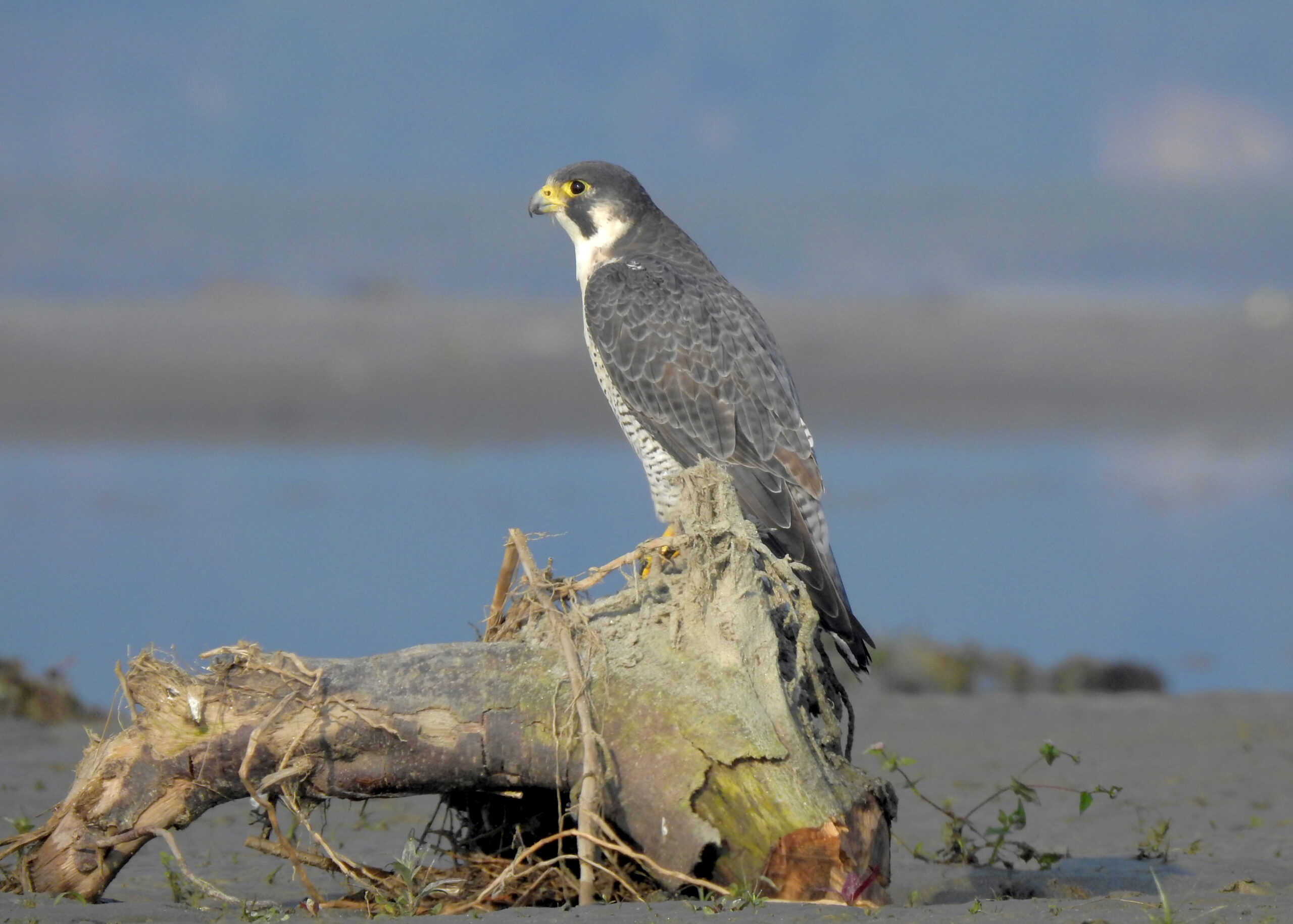Share this article
JWM: Choppers firing painkiller bait control tree snakes
Toxic bait cartridges automatically fired from helicopters may be the first successful way to efficiently reduce numbers of invasive brown tree snakes at the landscape scale on the island of Guam.
“We’re cautiously optimistic that we can knock snake numbers down,” said TWS member Shane Siers, a research biologist with the USDA Animal and Plant Health Inspection Service’s National Wildlife Research Center (NWRC), Island Invasives Project, and a co-author on recent papers analyzing the technique. “This is a significant step in the right direction.”
Brown treesnakes (Boiga irregularis) are an invasive species on Guam that likely arrived as shipboard stowaways during World War II. Since then, they have multiplied, eating 10 of the island’s 12 native forest bird species to extirpation as well as a handful of native mammals and lizards. A 2017 study found the snakes’ elimination of small prey even led to a decline in the island’s trees. The snakes can also impact humans by climbing into electrical stations or powerlines and causing power outages.
“They’ve been an enormous ecological and economic problem for Guam,” said Melia Nafus, a research ecologist with the U.S. Geological Survey and the lead author of one of the two studies conducted with Siers, published in Global Ecology and Conservation.

Biodegradable bait cartridges tangle in the tree canopy, exposing the dead mouse with an acetaminophen tablet inside that treesnakes are meant to consume. © Shane Siers
Wildlife managers have been working to eliminate the snakes, even testing toy airsoft guns to shoot inaccessible snakes if found to have invaded neighboring islands. They have known for some time that a single child-dose of acetaminophen — the active ingredient in painkiller Tylenol — is lethal to the snakes but relatively safe for other wildlife on the island that may come across bait with the drug.
But it took some time to figure out a way to deliver the drug in an efficient and affordable method.
NWRC scientists and engineering partners eventually came up with a novel strategy. They used cartridges containing a dead mouse with a painkiller tablet glued to the abdomen. The cartridges are fired automatically at set time intervals from helicopters as they fly over relatively inaccessible forested parts of the island. The system can deliver 3,600 biodegradable bait cartridges per payload.
“This tool is really valuable because it’s the first tool that’s been developed to do landscape-scale management of an invasive snake,” Nafus said.

The automated system dispenses bait cartridges over forest canopy. ©Shane Siers
Siers and other colleagues first began testing the effectiveness of the technique in a study published in the February issue of the Journal of Wildlife Management. Monitoring a forest before and after, they found that snake activity dropped sharply following a very short treatment period. Although snakes gradually crept back into the area, it had fewer snakes up to a year later.
Once they knew aerial bait applications worked, researchers began assessing how effective the tool would be if put into practice. In this study, Nafus looked closer at which types of snakes were taking the bait.
Nafus and colleagues surveyed snakes in two fenced-off areas on Andersen Air Force Base that had received manual aerial bait applications or simulated automated bait cartridge applications by placing bait cartridges in the canopy with poles or on the ground. Snake behavior, size, and body condition were compared to snakes in areas that did not receive bait treatments. They found larger, heavier snakes survived better, a problem researchers believe could be resolved with higher doses of the painkiller. Snakes in better body condition stayed up in trees and survived better, possibly because they were less desperate to take the bait.
“Nobody has ever really tried to remove all the snakes, because it’s not practical,” Siers said, but after years of striving to develop tools to deal with the problem, researchers believe they are finally able to greatly reduce invasive snake numbers in large forest plots.
This article features research that was published in a TWS peer-reviewed journal. Individual online access to all TWS journal articles is a benefit of membership. Join TWS now to read the latest in wildlife research.
Header Image: Brown treesnakes threaten a number of species in Guam. ©Björn Lardner








